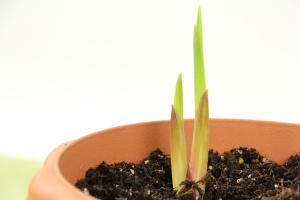Is Planting New Trees a Capital Improvement?
Planting new trees is a common strategy used by municipalities and property owners to enhance the aesthetic value of their properties, control stormwater runoff, reduce energy usage, and improve air quality. However, determining whether planting new trees is a capital improvement is an important question that needs to be answered before embarking on such a project. A capital improvement is a long-term project that adds value to a property and extends the life of a property or asset. In this article, we explore whether planting new trees qualifies as a capital improvement.
What is a Capital Improvement?
A capital improvement is any long-term investment made in a property or asset with the intention of adding value to it, increasing its life, or enhancing its functionality. A capital improvement may include physical enhancements like new construction, renovation, or restoration of a structure, landscaping, drainage, or paving of roads. It can also include software or technology upgrades or the acquisition of new equipment and machinery.
Are Trees a Capital Improvement?
While trees provide environmental, ecological, and social benefits, they are not considered a capital improvement in most instances. Trees are living things and have a lifespan of their own. They grow, mature, and eventually die. Therefore, they are not considered a permanent addition to a property. Instead, trees are typically classified as a maintenance expense. This means that the cost of planting trees is usually written off as an operating expense for the year in which they were planted.
When Can Trees be Considered a Capital Improvement?
In some instances, trees can be considered a capital improvement if they meet certain criteria. For instance, if the trees are planted as part of a larger construction project, they may be considered a capital improvement. Additionally, if the trees are planted using a specialized technique that ensures their longevity and reduces maintenance needs, they may be treated as a capital improvement. However, in most cases, planting trees is considered a maintenance expense.
Conclusion
In conclusion, planting new trees is not considered a capital improvement in most cases. While they provide numerous benefits to the environment, trees are not considered a permanent addition to a property and have a limited lifespan. However, in certain circumstances, such as when they are planted as part of a larger construction project or using specialized techniques, they may qualify as a capital improvement. It is important to consult a tax professional to determine the classification of planting trees before embarking on such a project.

 how many times do yo...
how many times do yo... how many planted tre...
how many planted tre... how many pine trees ...
how many pine trees ... how many pecan trees...
how many pecan trees... how many plants comp...
how many plants comp... how many plants can ...
how many plants can ... how many plants and ...
how many plants and ... how many pepper plan...
how many pepper plan...



























